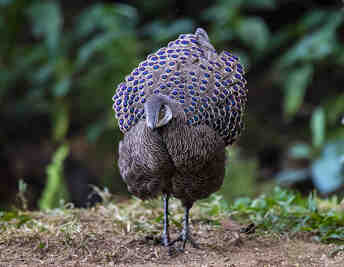
Polyplectron bicalcaratum
Peacock chicken, money chicken,Polyplectron bicalcaratum,Grey Peacock-Pheasant
Polyplectron katsumatae (Polyplectron katsumatae) was developed in 2004 by t···
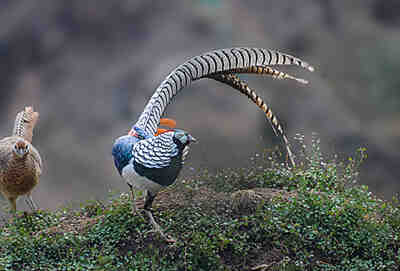
Chrvsolophus amherstiae
Chrvsolophus amherstiae,Lady Amherst's Pheasant,Bronze chicken, bamboo chicken, quilt chicken, turnip chicken, silver chicken
Lady Amherst' s Pheasant, no subspecies.White-bellied caragana roosts in···
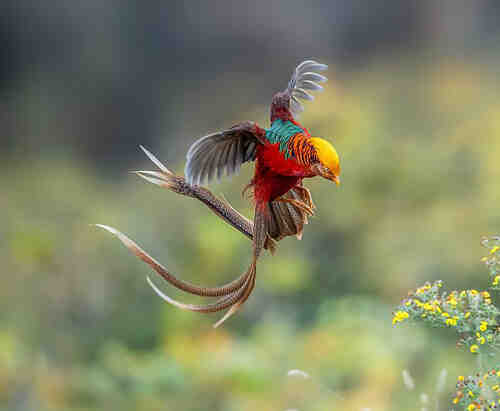
Chrysolophus pictus
Chrysolophus pictus,Golden Pheasant,Golden pheasant, pheasant, pheasant, picker
There are three subspecies of Golden Pheasant.Red-belted chickens like to mo···
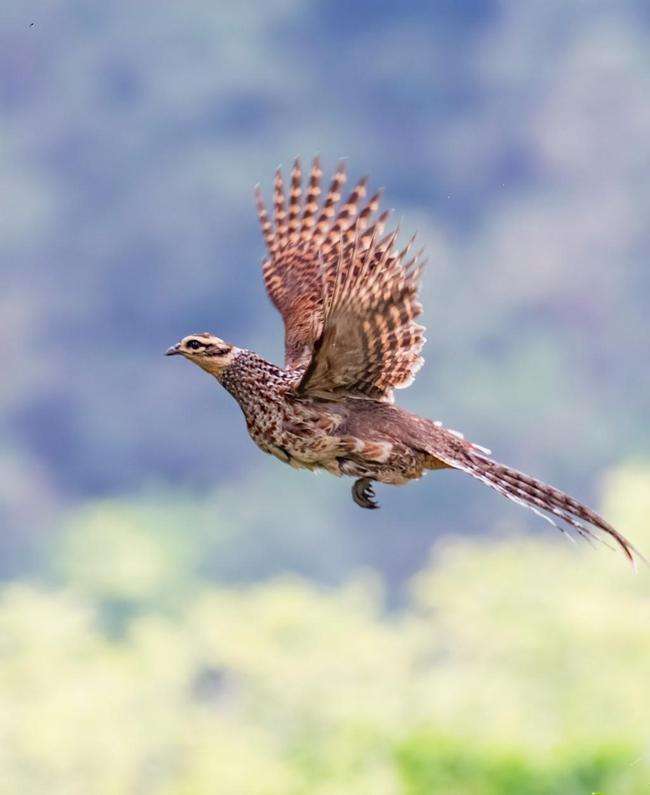
Syrmaticus reevesii
Zhai bird, ground chicken, long-tailed chicken, mountain pheasant,Syrmaticus reevesii,Reeves's Pheasant
The white-crowned long-tailed pheasant is also known as Reeves's Pheasan···
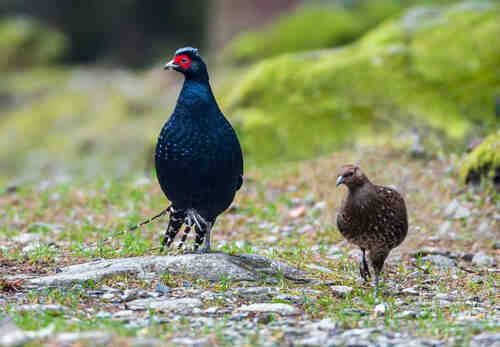
Syrmaticus mikado
Imperial Pheasant,Syrmaticus mikado,Mikado Pheasant
The black long-tailed pheasant is called Mikado Pheasant in English. It has ···
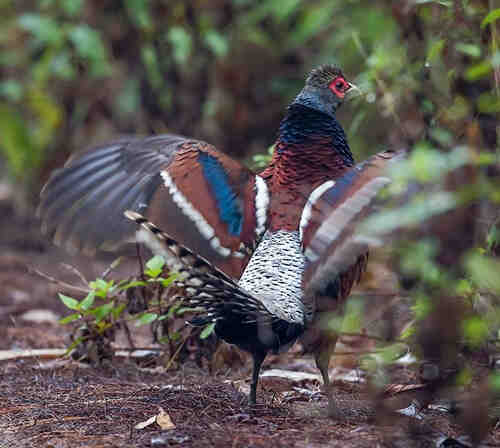
Syrmaticus humiae
Ground Chicken,Syrmaticus humiae,Mrs. Hume’s Pheasant
Mrs. Hume’s Pheasant, also known as Mrs. Hume’s Pheasant, has two subspeci···
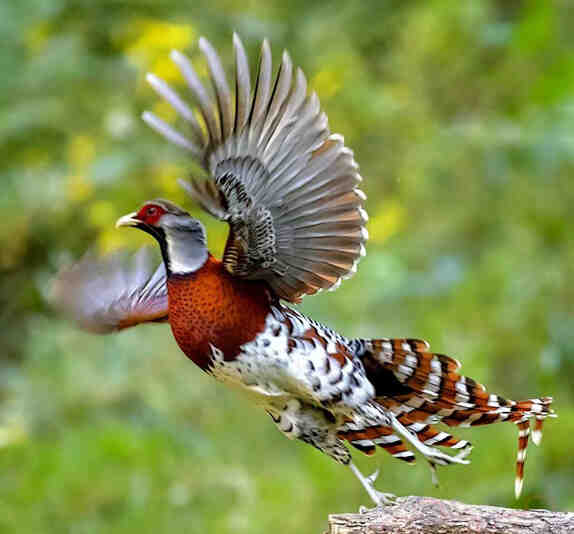
Syrmaticus ellioti
Striped back chicken,Syrmaticus ellioti,Elliot's Pheasant,Chinese Barred-backed Pheasant
Elliot's Pheasant, also known as the White-necked Pheasant, has no subsp···
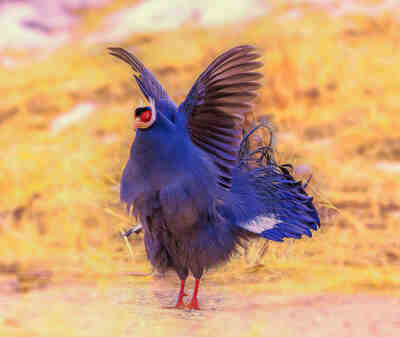
Crossoptilon auritum
Crossoptilon auritum,grouse
Blue Eared-pheasant, no subspecies.Blue pheasants like to live in groups of ···
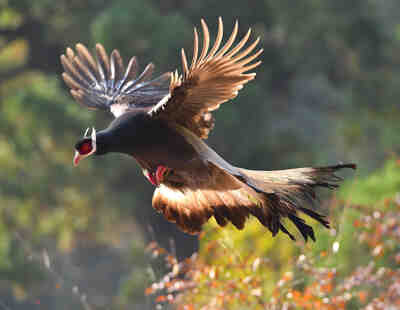
Crossoptilon mantchuricum
Crossoptilon mantchuricum,Horned chicken, pheasant, Yi bird
Brown Eared-pheasant, with no subspecies, is a bird that inhabits mountain f···
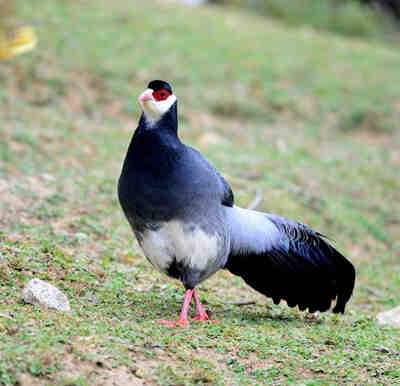
Crossoptilon harmani
Crossoptilon harmani, Hamman Pheasant
Tibetan Eared-pheasant, no subspecies.There are two kinds of pheasants in Ti···
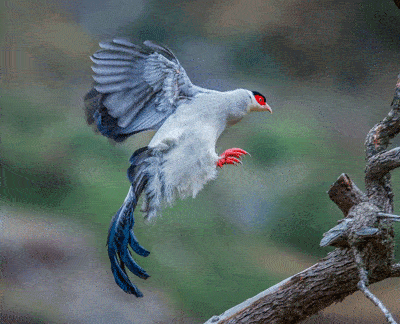
Crossoptilon crossoptilon
Crossoptilon crossoptilon,White Eared-pheasant,Snow Pheasant
White Eared-pheasant is divided into four subspecies. The Changdu subspecies···
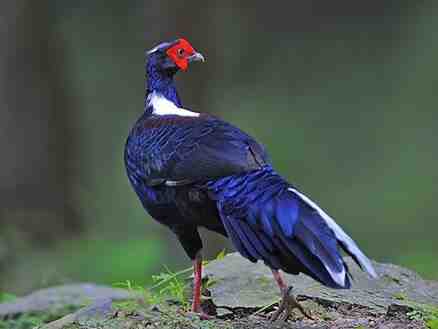
Crossoptilon crossoptilon
Crossoptilon crossoptilon,Blue-bellied Pheasant, Chinese Chicken, Taiwan Blue-bellied Pheasant,Lophura swinhoii,Taiwan Blue Pheasant,Swinhoe's Pheasant
Taiwan Blue Pheasant, with no subspecies, is a large pheasant.The blue pheas···
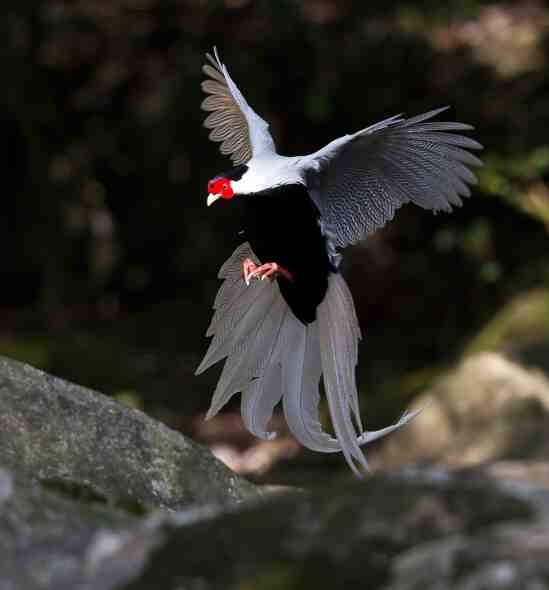
Lophura nycthemera
Silver pheasant, silver pheasant, Vietnamese bird, Vietnamese bird, white pheasant,Lophura nycthemera,silver pheasant
Silver pheasant, also known as silver pheasant, has 17 subspecies and is a l···
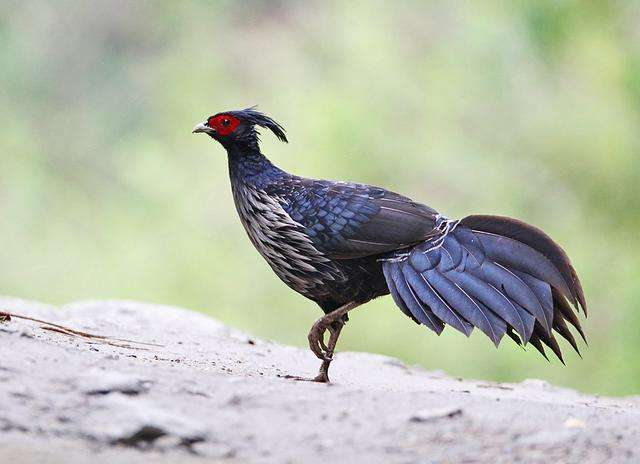
Lophura leucomelanos
Pheasant, black chicken,Lophura leucomelanos,Kalij Pheasant
The black pheasant is called Kalij Pheasant in foreign language, and it is d···
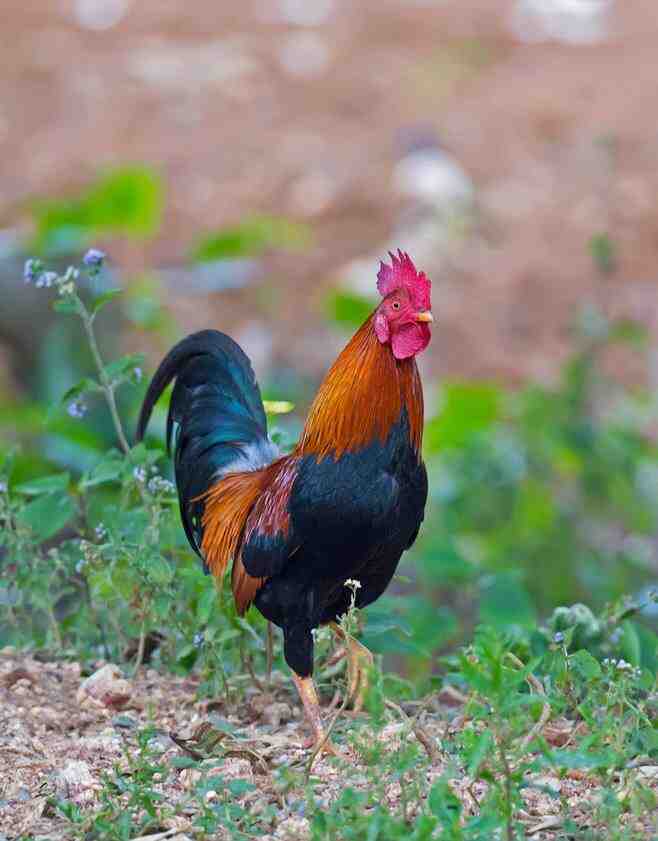
Gallus gallus
Gallus gallus,Red Junglefowl,Camellia Chicken
Red Junglefowl, also known as "junglefowl", has 5 subspecies and i···
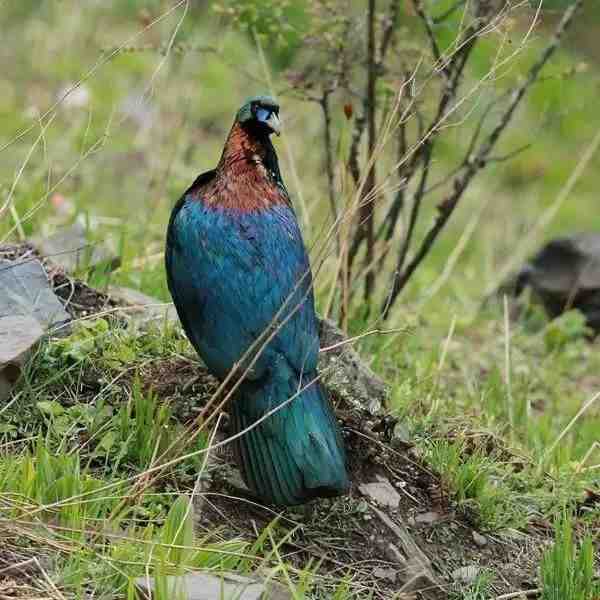
Lophophorus lhuysii
Fritillaria chicken, hawk chicken, charcoal chicken, lamb chicken,Lophophorus lhuysii,Chinese Monal,Chinese Impeyan
The Chinese Monal is a diurnal animal, often moving in pairs or small groups···
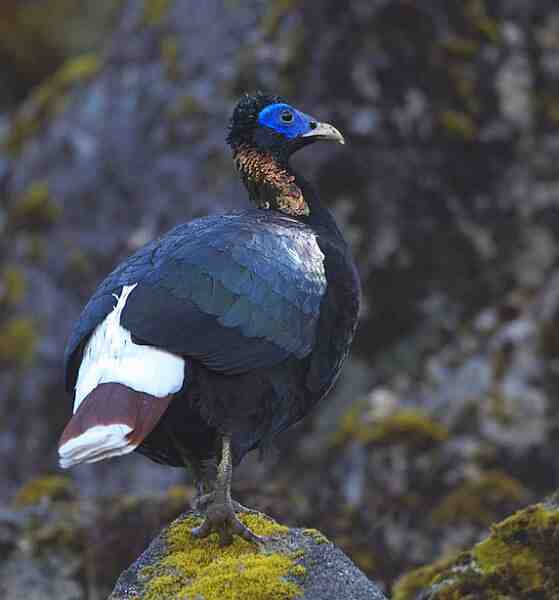
Lophophorus sclateri
Alpine Snow Goose,Lophophorus sclateri,Sclater's Monal,Crestless Monal
The white-tailed pheasant is called Sclater's Monal in English. It has t···
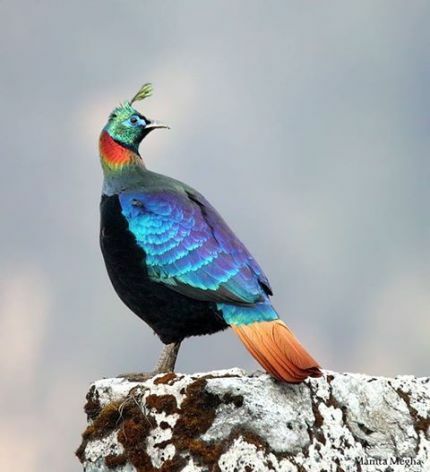
Lophophorus impejanus
Nine-color bird,Lophophorus impejanus
The foreign name of the brown-tailed rainbow pheasant is Himalayan Monal, an···
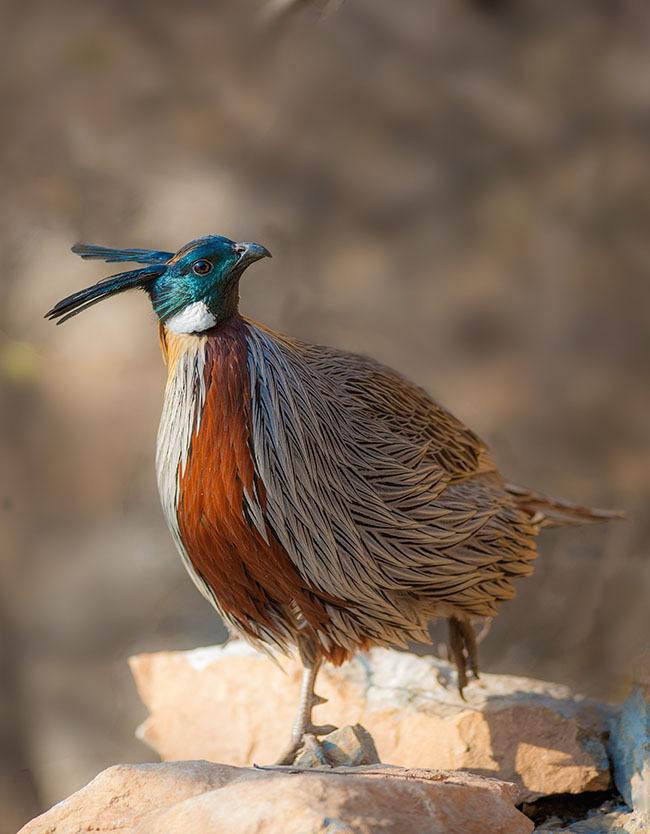
Pucrasia macrolopha
Willow leaf chicken, tricky chicken,Pucrasia macrolopha,Koklass Pheasant
The Koklass Pheasant has 10 subspecies.Male and female spoonbills move alone···
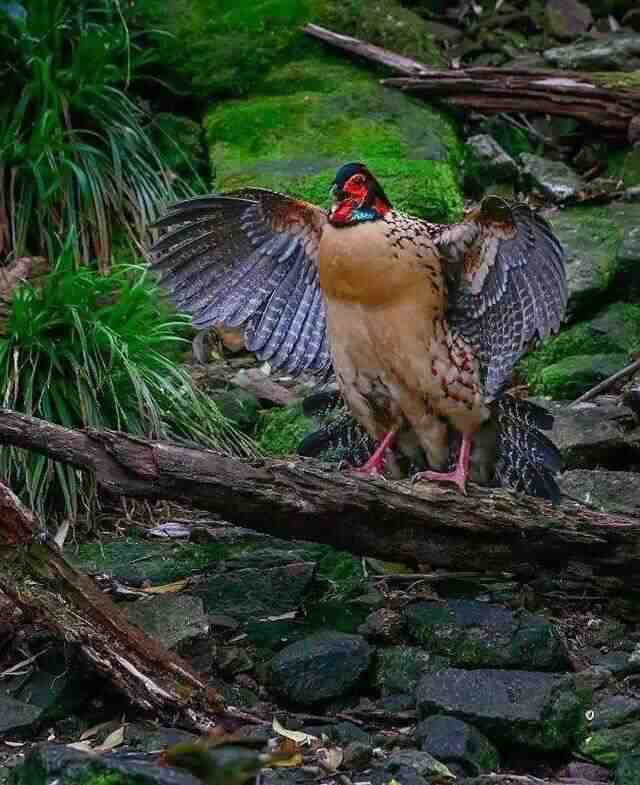
Tragopan caboti
Horned chicken, turkey, longevity chicken,Tragopan caboti,Cabot's Tragopan,Yellow-billed Tragopan
The foreign name of the yellow-bellied tragopan is Cabot's Tragopan, and···
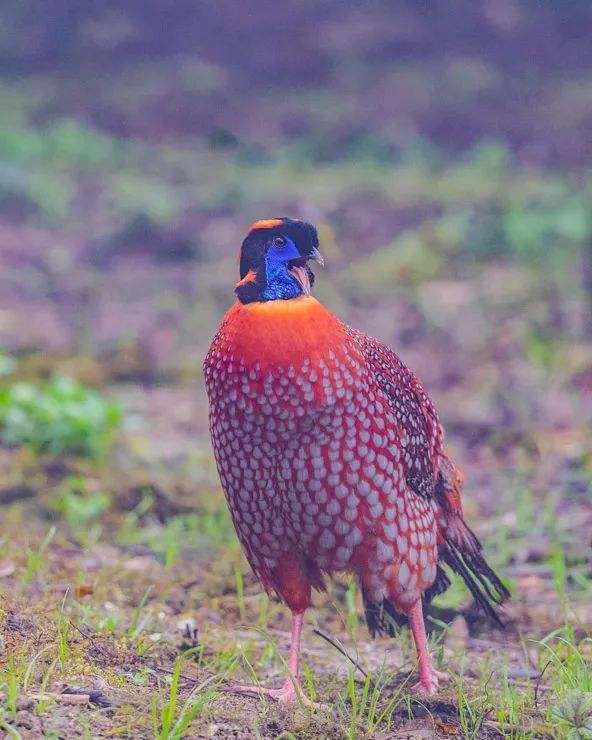
Tragopan temminckii
Shou chicken, red chicken, baby chicken,Tragopan temminckii,Temminck's tragopan
The foreign name of the red-bellied tragopan is Temminck's tragopan, and···
